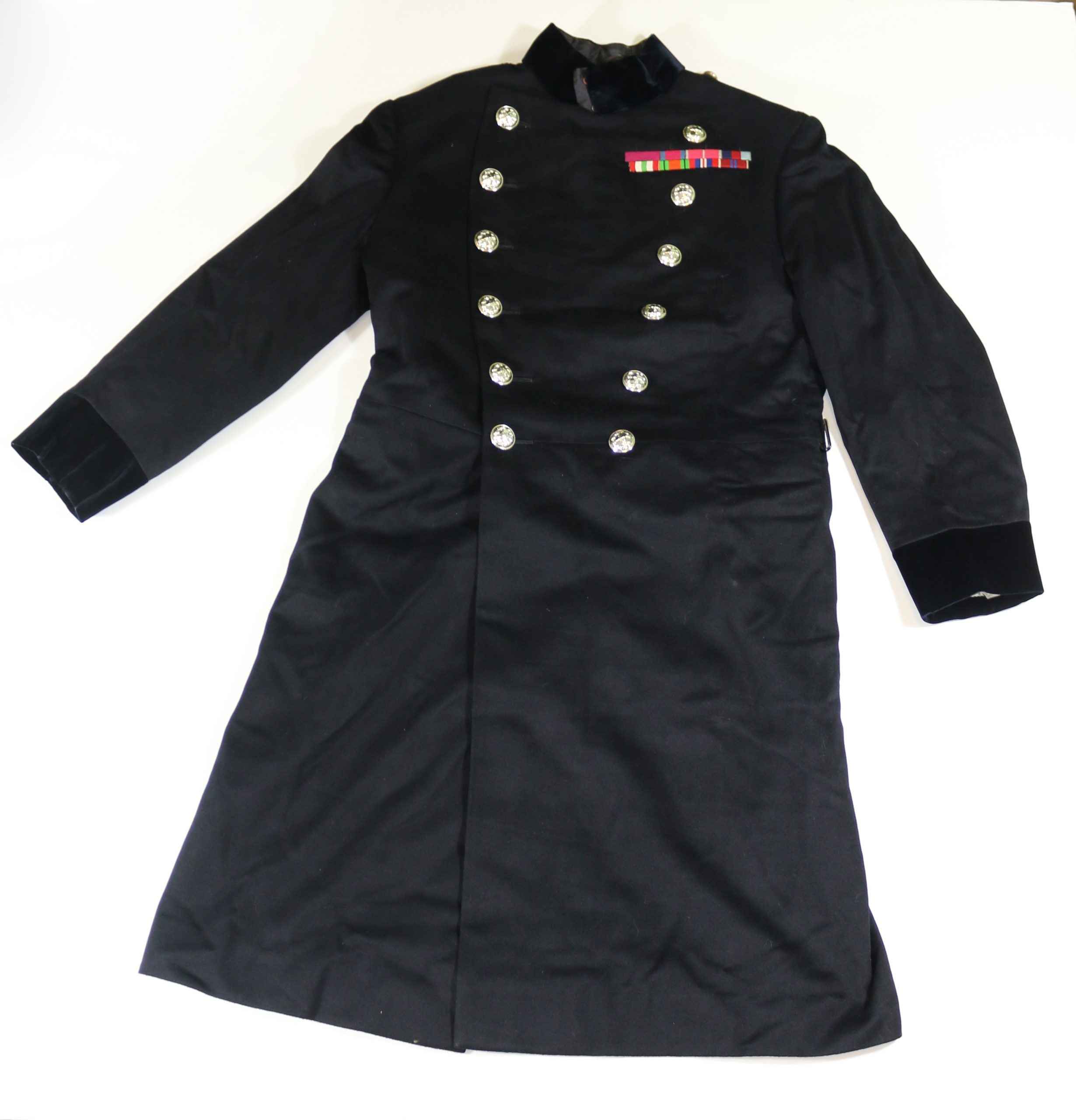Lieutenant General Sir Henry Lowther Ewart Clark Leask KCB DSO OBE uniform and badges donation.
Glasgow Museums The Royal Highland Fusiliers The Royal Scots Fusiliers WWII
A crucial privilege that museums are given by the community is the task of preserving the objects that inform how whole societies see themselves. The museum’s mission is also to keep the objects safe for future generations to experience our shared heritage; this could never have happened if the public and our amazing donors did not find in their hearts to continue this tradition.
Thanks to his son Major-General Anthony Leask, our collections were enriched by the donation of uniform and some other objects that belonged to the late Lieutenant General Sir Henry Lowther Ewart Clark Leask KCB DSO OBE, known lovingly by his soldiers as Henry IX.
General Leask was born on 30 June 1913 as a son of Reverend James Leask who was serving as chaplain to the consul-general in Odessa. At the age of 23, he joined Royal Scots Fusiliers where he started his career as adjutant and then became a company commander. In 1941 after the outbreak of the war Leask came back to England to become an instructor for the Royal Marines Tactical School. While there he attends the wartime staff course at Camberley. Afterwards, he joined General Montgomery’s team preparing for the invasion of Italy. Now as Brigade Major.
Perhaps his most famous achievement as a field officer followed those events. When as commander of the 8th Battalion Argyll and Sutherland Highlanders in the 78th Division. He was ordered to capture the village of Consandolo to the north of Argenta. Where against overwhelming German forces he showed his cold blood and winning the day. Opening the road from Ravenna to Ferrara for the Allies, earning the Distinguished Service Order and perhaps sealing the infamous nickname for himself.
After the War, in 1946, he was appointed Commanding Officer of 1st London Scottish, and from 1947 he was in the Military Operations Directorate at the War Office. He then became the Commanding Officer of 1st Parachute Regiment in 1952. He was appointed Assistant Military Secretary to the Secretary of State for War in 1955, and then from 1957, he was Commandant of the Tactical Wing of the School of Infantry. In 1962, he became Deputy Military Secretary to the Secretary of State for War.
He was appointed General Officer Commanding 52nd (Lowland) Infantry Division in 1964, and Director of Army Training at the Ministry of Defence in 1966. He became General Officer Commanding Scottish Command and Governor of Edinburgh Castle in 1969; he retired in 1972.
On 10 January 2004, he sadly passed away. He was survived by his wife Zoe de Camborne Paynter, their son, Major-General Anthony Leask, and two daughters. Today his uniform becomes part of our collection and commemorates the legacy of his glorious victory in Italy. It is a great honour for the museum to be part of it.


















